How Debt, Tax, and Colonial Legacies are Rigging Africa’s Future
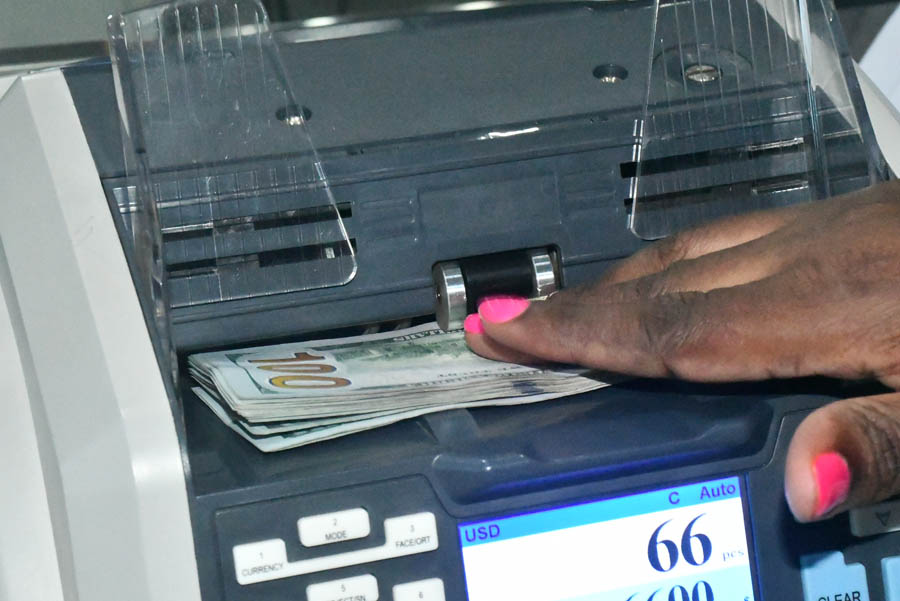
Christine Aber wakes before the sun does in Northern Uganda.
She sets up her modest stall and begins the daily grind – selling a humble mix of millet flour, rice, and soya.
On a good month, she scrapes together UGX300,000, or about $80.
But before she sees any of that, the system takes its cut.
She pays Shs4,000 a day in market dues and UGX13,000 in rent-about UGX132,000 in total, leaving her with just UGX168,000.
That’s 44% of her income gone—not to corporate profit, not to savings, but to a tax regime that demands more from her.
Aber doesn’t pay income tax—she doesn’t earn enough to qualify—but that doesn’t mean she escapes the taxman.
Her “indirect” burden is suffocating. It’s the story of many women across Africa.
They operate at the bottom rung of informal economies but carry a disproportionately heavy fiscal load.
Meanwhile, global corporations, whose logistics chains snake across continents and balance sheets, often pay less.
They enjoy tax holidays, profit shifting, transfer pricing, and legal gymnastics perfected in capital cities far from Gulu or Arua.
For example, multinationals have used transfer pricing to shift profits to low-tax jurisdictions, while firms in the extractives have benefited from tax incentives.
In theory, multinationals are taxed at 30%. In practice, they often negotiate their way to single-digit effective rates.
Research by the Economic Policy Research Centre tells the whole story.
Aber’s dilemma isn’t just a personal misfortune. It’s the human face of a structural injustice.
She’s trapped in a system built by colonialists, optimized by neoliberals, and defended by large setups such as the IMF, UN, and World Trade Organization.
The system treats millet and market dues as taxable treasures but gives resource extraction and speculative finance a diplomatic handshake.
The rationale often cited is that sectors like mining and finance bring in foreign investment, create jobs, and contribute to GDP growth.
Thus, governments offer them generous tax incentives and relaxed scrutiny to attract and retain these capital-intensive industries.
Meanwhile, small-scale farmers and informal traders—who make up the bulk of the economy—face heavy tax burdens despite limited capacity to pay.
It is a policy bias that favors large, multinational players over grassroots economic contributors.
This is the African inequality machine—where wealth flows uphill, and the poor pay for it.
The trap is multi-layered. The very market where Aber sells is kept afloat by regressive local taxes because governments face fiscal pressure.
For example, traders in Gulu and Arua pay high daily market dues, cutting into their profits while bigger firms enjoy tax breaks.
So governments, especially in the case of Uganda, spend more on servicing external debt—much of it borrowed on unfair terms—than on education, health, or social protection combined.
African countries now pay some of the highest interest rates in the world, partly because credit rating agencies view them through a risk-tinted lens.
Consequently, austerity measures slash funding for essential services, forcing women like Aber to shoulder unpaid or poorly paid care duties.
She also bears the burden of accessing clean water and sending her children to poorly facilitated schools.
And so the cycle continues: heavy debt burdens, underfunded public services, regressive taxes, and deep-rooted inequality.
Uganda’s public debt is now above 50% ratio to GDP, and even the heavy taxes on small-scale farmers and traders can’t do much.
Coupled with global trade rules, such as EU’s tariff policies that favor finished goods imports, Africa remains a net importer.
The continent exports cheap raw materials—like coffee and minerals—and imports expensive manufactured products.
Aber’s stall thus reflects more than a business struggle; it is a frontline in a persistent economic battle shaping the continent.
Colonial roots, neocolonial circuits
One thing is that Africa’s inequality crisis didn’t just happen by accident.
It was engineered, first during colonialism, and later through global trade systems that still trap the continent at the bottom.
Tax, Trade, and Economics research institutions like SEATINI and Oxfam argue that what we see today is not just poverty.
It is the outcome of deliberate historical and economic design.
During the colonial era, much of Africa was converted into an extraction zone.
In countries like Kenya and Zimbabwe, white settlers took the best farmland, pushing Africans onto marginal land.
In Dr Congo, rubber and minerals were extracted under brutal forced labor, with no investment in schools or infrastructure for locals.
As Oxfam puts it, “colonial economies were designed to serve European needs, not African development.”
Even after independence in the 1960s, the inequality continued.
Most African countries inherited economies built around a few raw exports—coffee, cocoa, copper, and oil—with little processing or industry.
The tools of control simply changed hands because colonial powers left behind economies structured to serve external markets rather than local development.
These were inherited by new elites, who continue to fiercely exploit them to protect their power and access to wealth.
Today, Africa still exports raw materials but imports finished goods—often at much higher prices.
Uganda, for example, exports unroasted coffee, but Germany roasts, packages, and sells it for more.
According to Oxfam and UNCTAD, global trade rules favor industrialized countries while punishing those trying to add value to their resources.
“It’s a rigged system where the rich preach free trade but practice protectionism,” Oxfam says.
In the 1980s and 1990s, when African countries turned to the World Bank and IMF for help, they adopted harsh Structural Adjustment Programmes.
These forced governments to slash spending on schools, hospitals, and food subsidies to meet strict loan conditions.
Local markets opened to cheap imports through trade liberalisation.
This flooded African markets with foreign goods, causing local industries to collapse, jobs to vanish, and inequality to worsen.
The African Development Bank later admitted: “The poor bore the burden of adjustment.”
SEATINI, Oxfam, UNCTAD, and the African Development Bank have all called out these structural injustices.
They argue that Africa needs to rewrite the rules of engagement, starting with fairer trade, tax justice, and a new model of industrialization.
The argument now is that if Africa is to overcome inequality, it must break from the systems that created it.
That means investing in local industry, taxing multinationals fairly, ending reliance on raw exports, and trading more within the continent.
It also means pushing back against global rules that keep African economies stuck at the lowest rung of the value chain.
Rich countries continue to protect their industries—but more subtly—using subsidies, patents, and favorable trade agreements that shield their markets.
In the 1970s, countries like South Korea and Taiwan bent free-market rules.
Their governments provided direct support to industries, restricted some imports, and nurtured local companies.
This protection helped them build strong manufacturing bases.
Why? Because during the Cold War, these countries were strategic allies of the West, which needed them to succeed economically and politically.
Africa? Not so lucky
“African countries cannot freely subsidize their industries or negotiate fair access to markets… Africa has never received such latitude,” Oxfam research on global trade notes.
So, while South Korea was building Samsung and Hyundai, Ghana was still exporting cocoa—and importing chocolate.
On the other hand, Uganda was exporting coffee and importing instant coffee, while DR Congo exported cobalt but imported batteries.
And economists know that this is how inequality stays alive.
The value-added activities happen outside Africa.
Africans get paid the least for doing the hardest part.
The poor pay more, the rich get the breaks, and Africa remains trapped in a cycle it didn’t create but keeps paying for.
The financial straitjacket
By July 2024, most of the countries that the World Bank says are in “debt distress” are in Africa.
On average, their debt is now 67% of the size of their entire economy.
More than half of what governments collect in taxes—about 54%—is used to pay back loans, the UN says.
This leaves very little for the services people rely on.
Here’s what that looks like on the ground.
In Uganda, interest payments alone cost government over UGX6 trillion in the 2024/25 budget, which is more than UGX2.9 trillion health sector budget.
For every dollar spent on debt, $1.5 is cut from basics like hospitals, schools, or food programmes.
Just interest payments now take up 17% of national budgets among different African governments—twice as much as a decade ago.
And the International Monetary Fund (IMF) isn’t helping.
When African countries borrow, the IMF often demands austerity by freezing staff numbers, cutting jobs, and introducing more VAT.
Since 2022, most African governments have slashed spending on schools, hospitals, and safety nets, deepening the hardship for ordinary people.
To make things worse, credit rating agencies—which no African voted for and answer to no one—downgrade countries quickly at the first sign of trouble.
That sends borrowing costs soaring, trapping countries in a cycle of expensive debt, with investors demanding expensive interest rates on loans.
Subsequently, many African nations spend more on interest repayments than they receive in total official development assistance.
Countries in the Global South, including those in Africa, have long advocated for reforms.
They want the international financial architecture to work for them rather than against the majority of the world’s poor.
“Those efforts have been blocked by representatives of rich countries,” Oxfam notes in Africa’s inequality crisis and the rise of the super-rich, July report.
“Africa’s debt crisis is likely to worsen further over the medium term and beyond.
“Debt servicing will limit governments’ ability to raise the necessary finance to deliver social improvements and respond to climate change.
Africa urgently needs well-thought-out debt restructuring that provides fair terms for sovereign borrowing and cancellation,” the report notes.
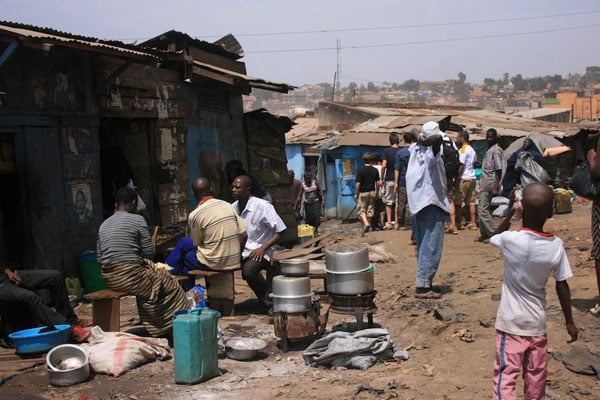
Taxing the poor, sheltering the rich
Most African countries collect the lowest share of tax revenues in the world of just about 16% of GDP.
Why? Because most of their economies are informal.
People earn and trade money outside systems that track or tax income.
Big companies also exploit weak tax laws, shifting profits to low-tax countries.
Add to that a narrow tax base, loopholes, poor enforcement, and weak institutions, and governments simply don’t raise enough revenue to invest.
For example, a 2023 Tax Justice Network report estimated that Uganda loses over UGX600 billion annually to corporate tax abuse.
At the same time, over 80% of Ugandans work in the informal sector, often earning in cash with little paper trail.
This makes it hard for government to collect personal income taxes.
That’s far below the 33.9% global average, according to the tax records with the OECD, a stark gap that reflects deep structural challenges.
As a result, African governments lack the resources to invest in public services like education, healthcare, and infrastructure.
Regressive tax system
On the surface, Africa’s tax systems seem progressive.
Many countries have relatively high statutory rates for corporate income tax (CIT) and personal income tax (PIT).
But dig deeper, and a different picture emerges.
The real burden of taxation falls most heavily on the poor, not the wealthy or large firms.
Why? Because the majority of tax revenue comes from indirect consumption taxes like Value Added Tax and excise duties.
These are regressive by design. They take a larger percentage of income from low earners.
Whether you earn $1 a day or $100, you pay the same VAT on bread, soap, or fuel.
According to the 2024 Commitment to Reducing Inequality Index, for every $1 African countries collect through wealth taxes, they collect $3 through VAT and excise taxes.
And things are getting worse.
Half of all African countries are now collecting less tax than they did in 2019.
The International Centre for Tax & Development says this is due to shrinking formal economies, poorly enforced laws, and pressure to offer tax breaks to investors.
In 25 countries, tax systems are widening inequality, not closing it.
This plays out most visibly in gendered terms, like Aber, who, like millions of women across Africa, works in the informal economy.
She sells goods in open-air markets, often without formal registration or protection, pays daily local fees, VAT on supplies, and levies at every turn.
She can’t escape taxation, but gets none of the benefits that formal workers enjoy, like pension, healthcare, maternity protection, or job security.
Meanwhile, multinationals and wealthy elites operate by a different set of rules.
Many shift profits across borders using tricks—like transfer pricing—so they report minimal taxable income, while extracting massive profits.
They exploit tax treaties, exemptions, and secrecy jurisdictions to reduce their bills.
The result? Ordinary people like Aber shoulder the real cost of running governments, while the biggest players contribute the least.
And this is not just an inconvenience—it’s a structural failure that undermines the entire social contract.
If Africa is serious about reducing inequality, the argument now is that it must reverse this dynamic.
It must broaden the tax base, close loopholes, end harmful exemptions, and make the wealthy and corporations pay their fair share.
Because a tax system that punishes the poor while protecting the rich isn’t just inefficient—it’s unjust.
Who’s fighting back?
Despite this bleak landscape, a few countries are moving against the tide.
Namibia, for instance, spends 55% of its budget on education, health, and social protection, and has achieved universal pension coverage.
Benin’s Gbessoke programme offers income-generating grants to 150,000 vulnerable households.
Senegal and Cape Verde have significantly increased social protection budgets since 2019.
On taxation, Kenya, South Africa, Lesotho, and Zambia rank among the best in Africa for tax progressivity on paper.
The challenge remains turning that paper into practice.
Share this content:
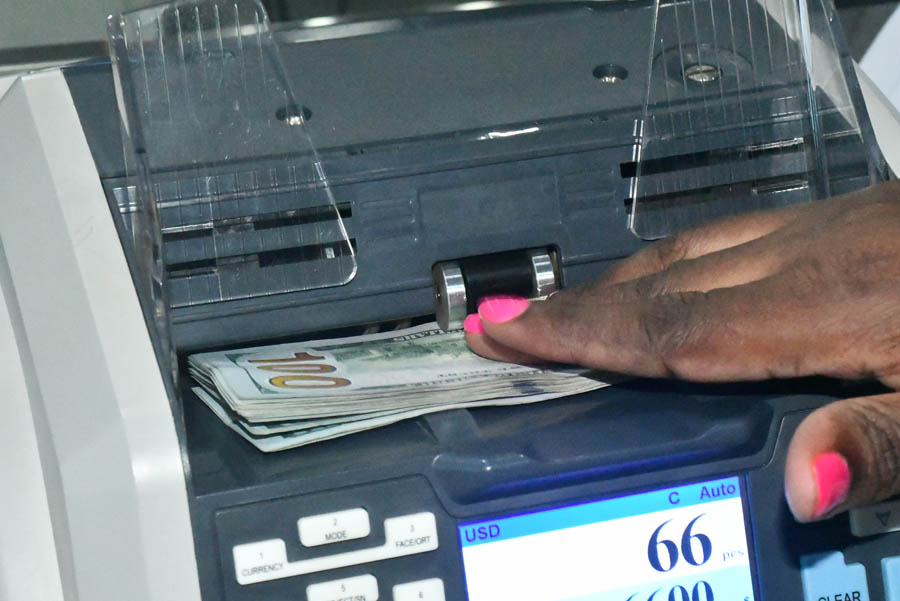
 Q&A WITH FABIAN KASI: Centenary Bank’s Continued Growth, Sector Resilience, and the Human Side of Leadership
Q&A WITH FABIAN KASI: Centenary Bank’s Continued Growth, Sector Resilience, and the Human Side of Leadership
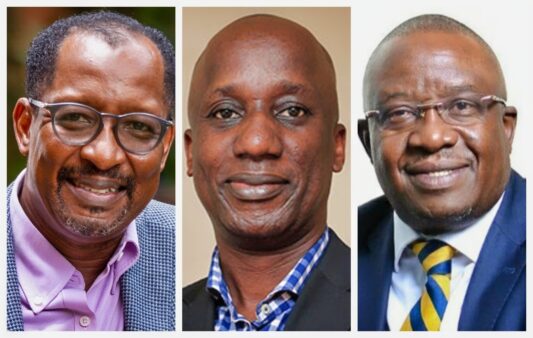
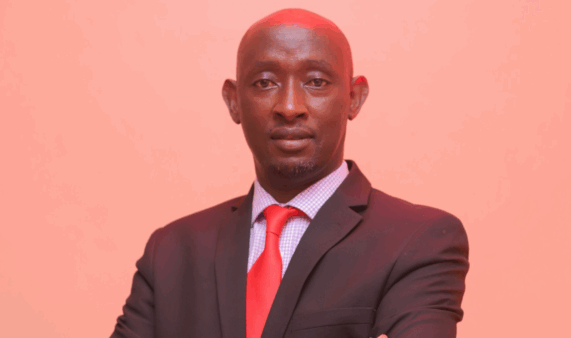
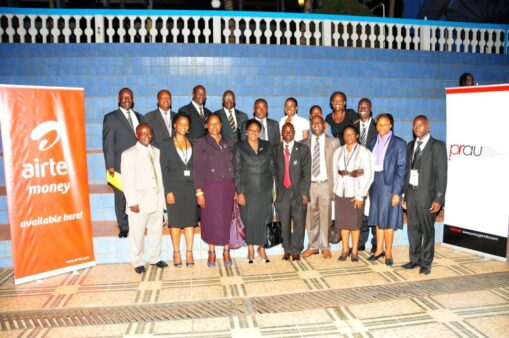
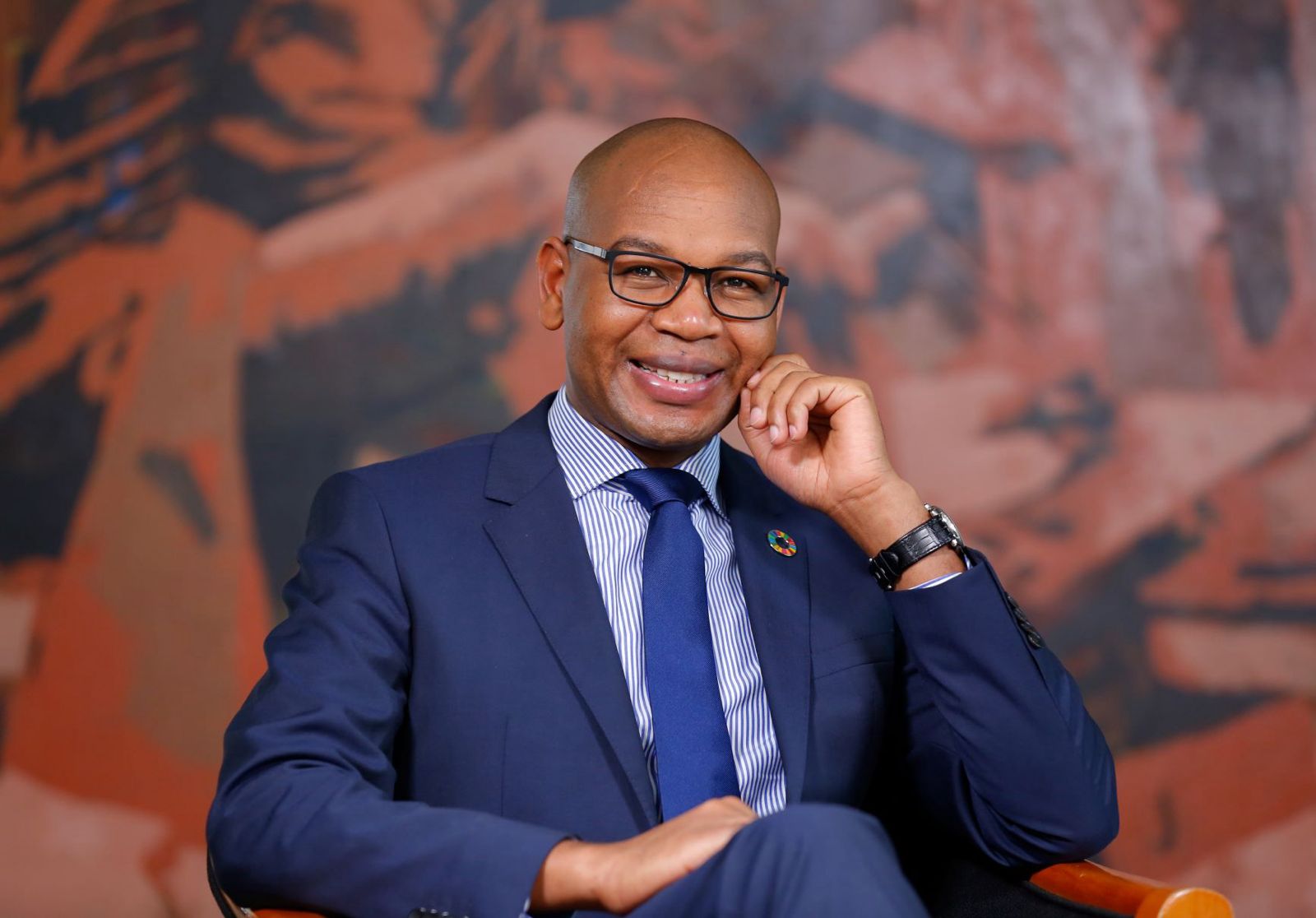
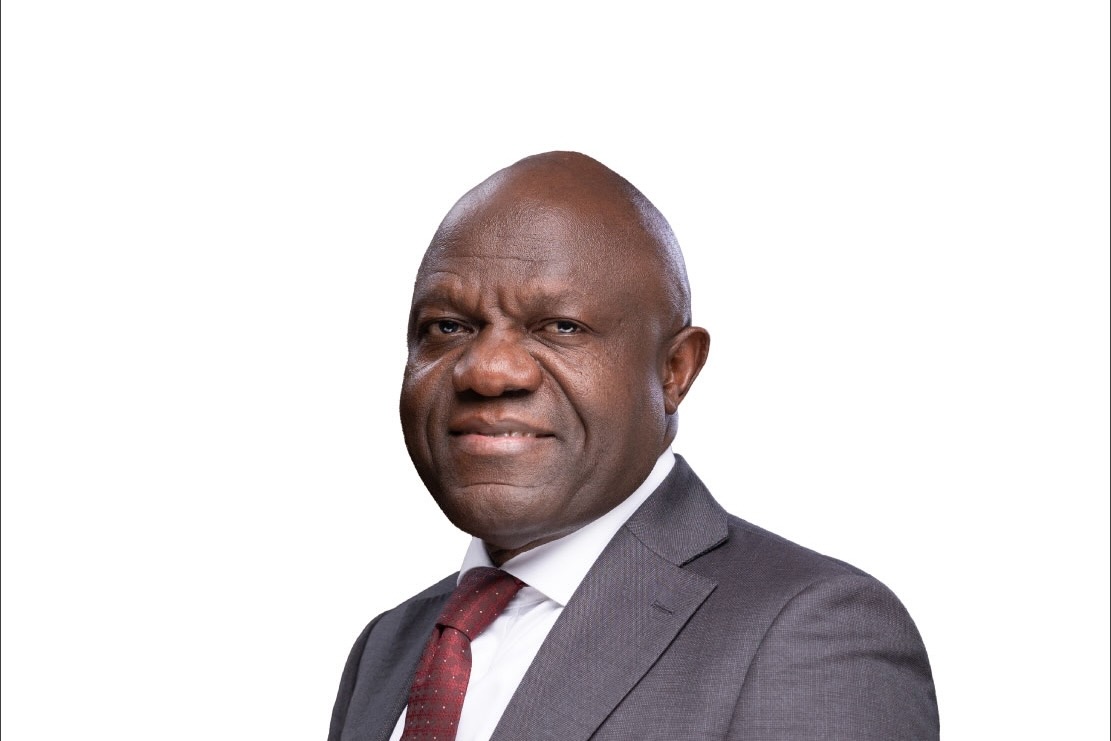
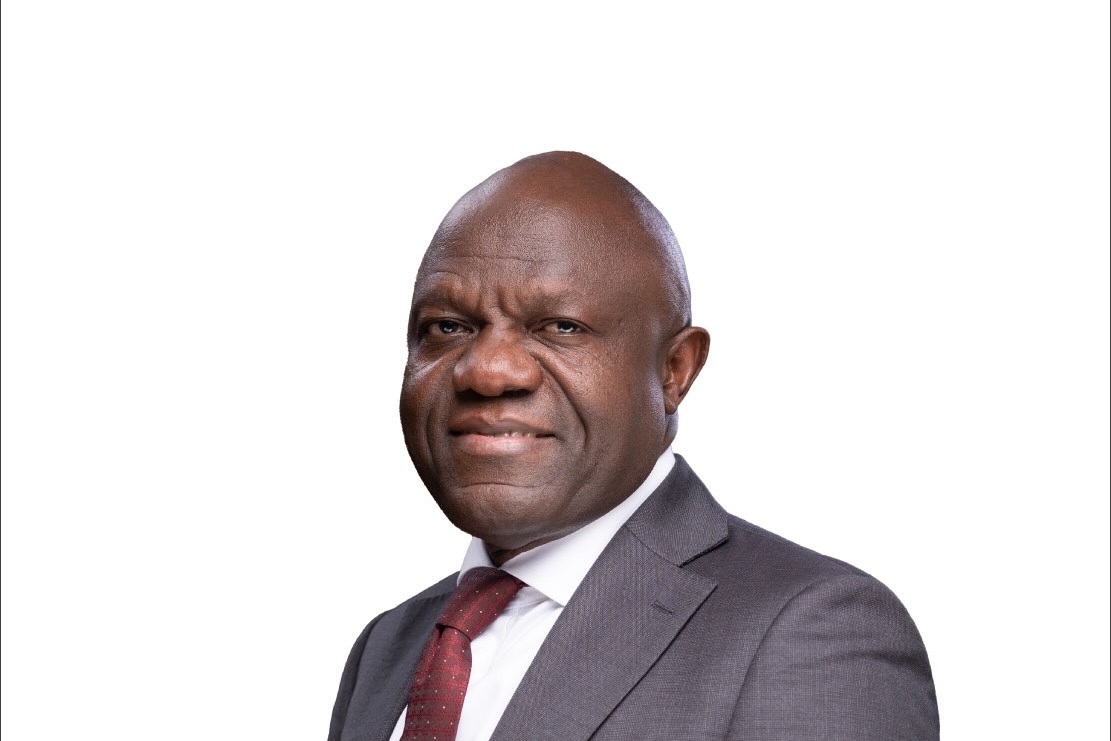

Post Comment